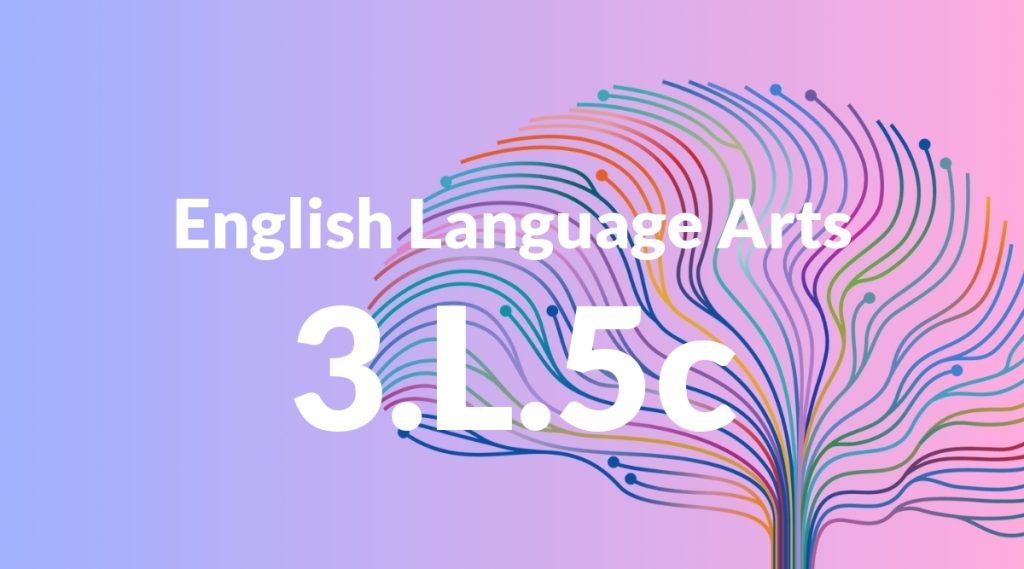Standard: 3.L.5c – Distinguish shades of meaning among related words that describe states of mind or degrees of certainty (e.g., knew, believed, suspected, heard, wondered).
Grade level: Grade 3
Subject: English Language Arts
Domain: Language
Teacher Overview
This standard focuses on helping students understand the subtle differences between words that describe states of mind or degrees of certainty. It is important because it enhances students’ vocabulary and their ability to express themselves accurately. Students should be familiar with the concept of synonyms and have some experience using them in sentences.
After mastering this standard, students will be able to use nuanced vocabulary to express themselves more precisely and understand the subtleties in others’ language.
Common Misconception 1
A common misconception is that synonyms are always interchangeable. This is incorrect because even though synonyms have similar meanings, they often carry different connotations and are used in different contexts.
Intervention 1
To address this misconception, provide students with sentences that use different synonyms and discuss how the meaning changes. Use visual aids and context clues to reinforce understanding.
Common Misconception 2
Another misconception is that all words with similar meanings can be used in the same contexts. This is incorrect because the appropriateness of a word depends on the context in which it is used.
Intervention 2
Engage students in context-based activities where they choose the most appropriate word for a given situation. Discuss why certain words fit better than others.
Prerequisite Knowledge
Students should have a basic understanding of synonyms and the ability to identify and use them in sentences.
Subsequent Knowledge
Students will develop the ability to use nuanced vocabulary to enhance their writing and comprehension skills, leading to more sophisticated communication abilities.
Instructional Activities
- Synonym Sorting: Have students sort words into groups based on their shades of meaning.
- Context Clues: Provide sentences with blanks and have students choose the most appropriate word from a list of synonyms.
- Role-Playing: Students act out scenarios using different synonyms to convey varying degrees of certainty or states of mind.
- Word Journals: Students keep a journal of new words they learn, including definitions and example sentences.




